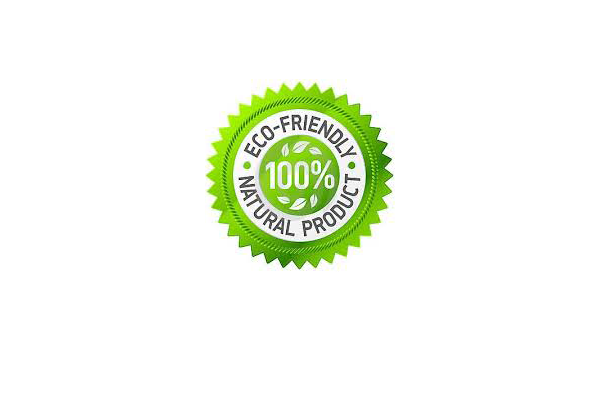Coro’s Blog: On Purpose
Going Beyond Less Bad: Redefining products and brands for positive impact
Published on February 2, 2018

We want all of our three billion products we sell every year to be well on the path to being truly sustainable by 2025.
It’s an ambitious commitment by UK retailer Marks & Spencer (M&S) spelling out their long-term vision for product sustainability. They realize – as do other global sustainability leaders – that they need to evolve because of shifting consumer and societal expectations, increasing resource constraints, anticipated government regulations and pending ‘social license to grow’ requirements.
To be sure, the journey to a fully sustainable product portfolio is long and complex. Developing products with a demonstrably positive or significantly lower social or environmental impact during sourcing, production, supply, use and disposal present difficulties. Often the barrier can be just knowing where to start.
Help getting going
To address this stumbling block, Canadian Business for Social Responsibility (CBSR) created a short guide on “Sustainable Customer Offerings,” one of nineteen company qualities it identified as key to a sustainable future. It shows transformational companies stewarding their companies and society to a sustainable future by ensuring the environmental and social impacts of their products get attention equal to the other factors in the design and creation process.
When their designers invent or renew a product, they ensure that its formula is enhanced through improved biodegradability, reduced water footprint, the use of renewable or responsibly sourced raw materials or improvements to its in-use energy efficiency. Innovation teams continually look for ways to improve packaging and to add beneficial social or environmental features to make their products not just less bad but more good.
Marks & Spencer identifies product “hot spots”
This infographic depicts Marks & Spencer’s approach to sustainable product development taken from their sustainable products white paper. (“Plan A” refers to their sustainability vision and strategy.)

The company conducts thorough reviews of its products and their supply chains to zero in on social and environmental “hot spots” – activities in a product life cycle where the environmental or social impacts are supported by documented scientific evidence. This helps the company identify the key impacts so it can pinpoint where to focus its efforts.
M&S also meets with stakeholders to understand their perspectives. Internal specialists collaborate with other consumer products companies and independent experts to ensure robust research and analysis.
Through this due diligence – hot spot analysis and risk assessments – companies like M&S typically find a handful of big impact issues within each product category. These are prioritized for internal cross-functional collaboration and external engagement of suppliers and customers – the next step on the journey to improve a product’s sustainability impacts and features.
Where the challenges of flying solo are too great, developing or joining sector and cross-sector collaborations can drive improvements. Where whole-scale change is difficult, companies can pilot particular attributes with a small number of suppliers or customers to see if they can be successfully scaled.
Companies that come together – with industry peers, suppliers and specialists – to collaborate and innovate can generate product sustainability wins.
Sustainable product innovation showing up in other sectors
Consumer product companies are not alone in taking a holistic sustainable products approach and setting ambitious targets. LafargeHolcim, the global cement, concrete and aggregate company, has a global target to generate one-third of its revenue from products and services with enhanced sustainability performance by 2030.
BASF, the world’s largest chemical producer, has a 2020 target to increase the proportion of sales from its most sustainable products (which it calls “Accelerator” products) to 28% up from 26.6%. One of these Accelerator products is Elastocool® Advanced – an insulation material for refrigerators and freezers. It has a high level of resource efficiency along with enhanced insulation properties.
For products they classify as “Challenged,” BASF develops action plans including research projects, reformulations or replacing one product with an alternative product. One example is poly-fluorinated substances used in paper packaging coatings for their water and oil-resistant properties: these substances biodegrade with difficulty. In anticipation of stricter government regulations, BASF discontinued selling these substances. The new “Accelerator” product solutions contain chemical properties that prevent them from accumulating in the environment.
Making products a force for good – rather than simply going beyond less bad – will put business and society on a converging path with the ultimate destination: a more sustainable planet, economy and society. Because as Marks & Spencer suggests in their sustainability strategy, there is no Plan B.
Webinar for those who want to know more
Check out this Conference Board of Canada webinar to find out how you can configure your products to be more sustainable and improve your product footprints: Redefining Products and Brands to Make a Sustainable Impact.
Browse By Category
Browse blog posts by category below, or return to the main blog page to search or browse by keyword.
Subscribe to Coro’s Newsletter
A few times a year, Strandberg Consulting sends out a newsletter to keep Coro’s network up-to-date on her latest projects, publications and tools. You may subscribe to the newsletter here or visit the archives.



